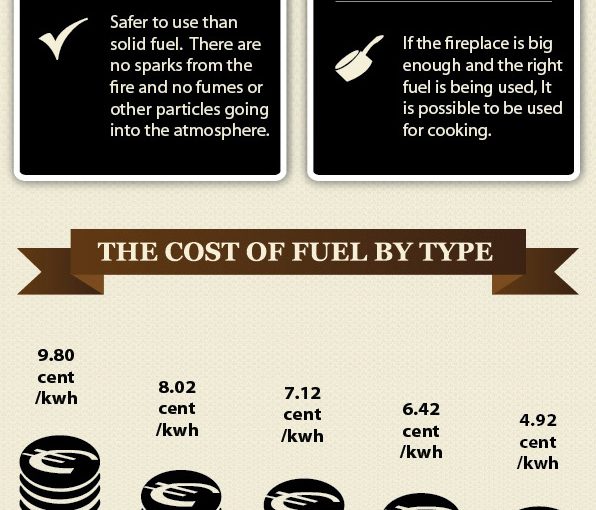When cool winter days arrive, you don’t have to give up on making improvements to your home. There are many projects that are ideally suited to being done in cooler weather, and can provide you with a more comfortable home when spring arrives. While you may think of home renovations as being a summer project, here are a few you can tackle even when the temperatures start to dip lower.
Painting Rooms
If you’re cooped up in the house anyway, you might as well transform the walls within to different colors you love. Break out the paint chips, choose some new shades, and mix up your decorating scheme. You’ll want to crack a window to ventilate the room you’re working in, but you won’t feel too cold once you work up a sweat as you cut in the edges and fill in new shades.
New Flooring
Winter is also an excellent time to install new flooring. Most wood floors need to acclimate to the room they’ll be installed in, so stack the boxes against an interior wall a few days before you start the work. Wood floors and most laminates don’t require any adhesive, so you won’t have to worry about ventilation. Remember that tile floors may feel chilly against your feet in cold climates, but wood floors and high-end vinyl are comfortable throughout the year. They’ll also be easier to clean in every season.
Look to the Backyard
If you want to warm up in style, then consider a Sonoma Backyard heated pool or hot tub. Most companies will offer installations even when the weather is a little chilly, and you’ll love being able to relax in your own hot tub outdoors no matter the weather. You’ll also find this particular addition is a hit when entertaining. If you’ve always ignored your backyard in past winters, then this may be the year to give this space some extra attention.
Window Treatments
If you’re trying to save on energy bills, then your window treatments can make a world of difference. Thick, thermal drapes will effectively block drafts while making any space feel warmer. You can open them during the day to let the warm sunshine in, and close them tightly at night to keep the evening chill away. If you’re feeling trapped in the house by cold temperatures, then you can make this renovation a little interesting by updating your window coverings to match the room.
New Fixtures
From the faucet in your bathroom to the kitchen lights, this is an ideal time to replace old fixtures. You can give the space a fresh new look, and you’ll enjoy your home more throughout the year. Most plumbing and electrical fixtures are replaced in a matter of hours, so it’s an easy weekend project for days when you’d rather not be outside anyway.
Attic Insulation
The last place you want to be on a hot summer day is in the attic, but winter is an ideal time to do some improvements in here. Wear long sleeves and a light jacket to keep insulation off your skin, and this way you won’t have to worry about getting heat stroke. You’ll find your energy bills are lower when the attic is properly covered, and as an added bonus, the savings will continue into the spring and summer months as the insulation prevents exterior heat from migrating into your living space.
When it comes to renovations, timing is everything. One benefit of many projects is that you can get a more attractive price on the labor in the wintertime. This is because most contractors slow down during the winter months, so you may be able to ask for a little discount on professional services.

















